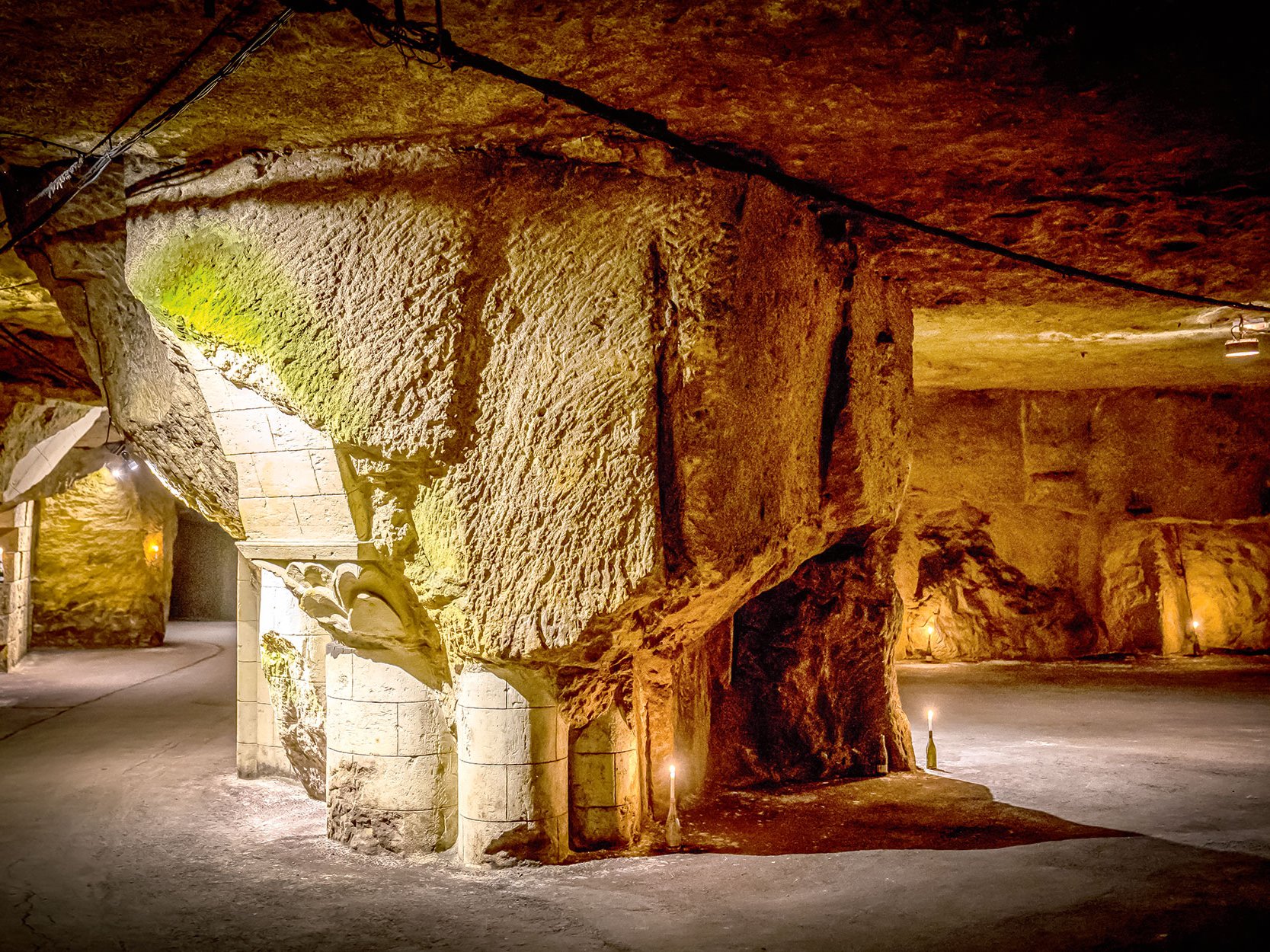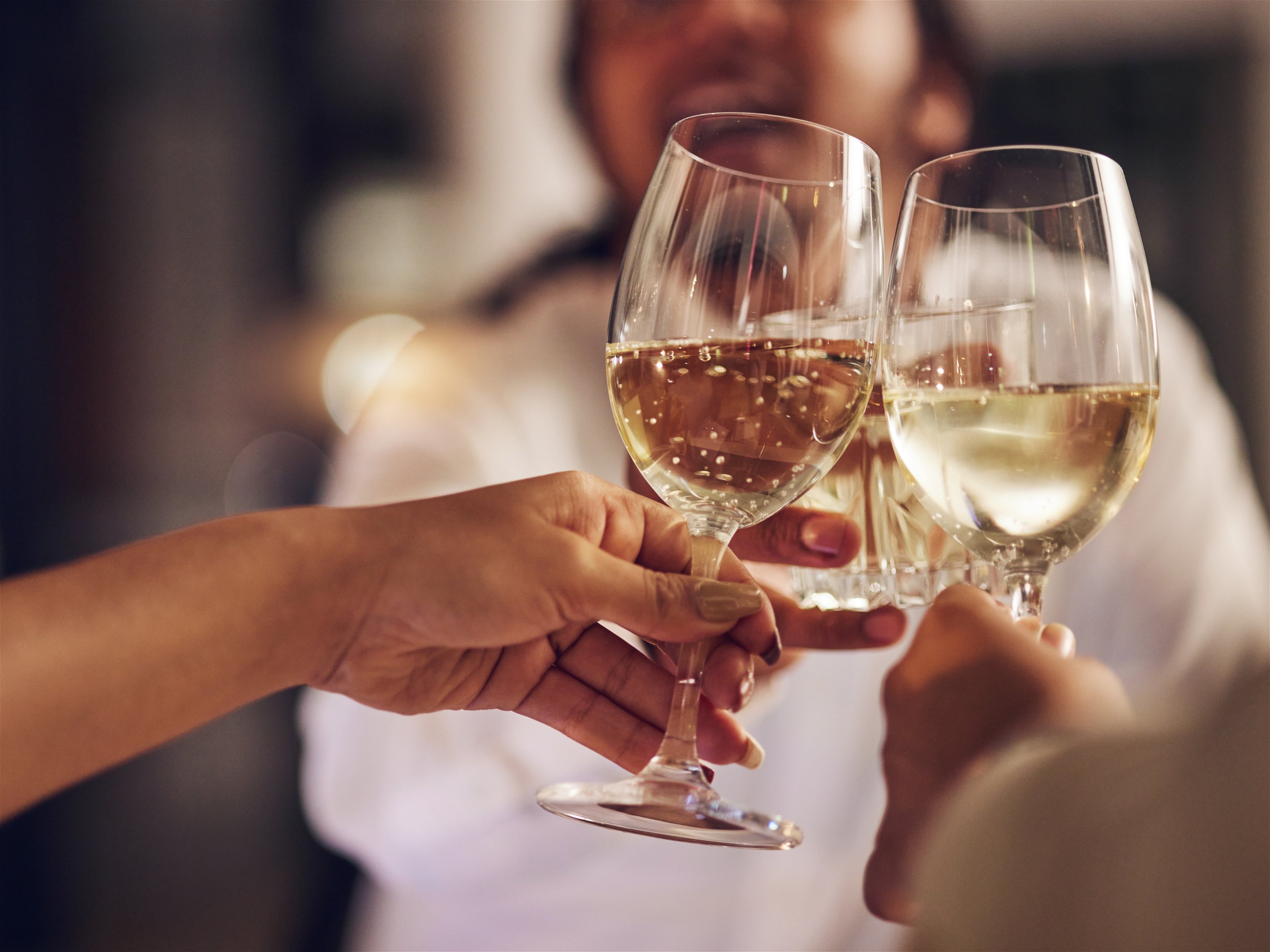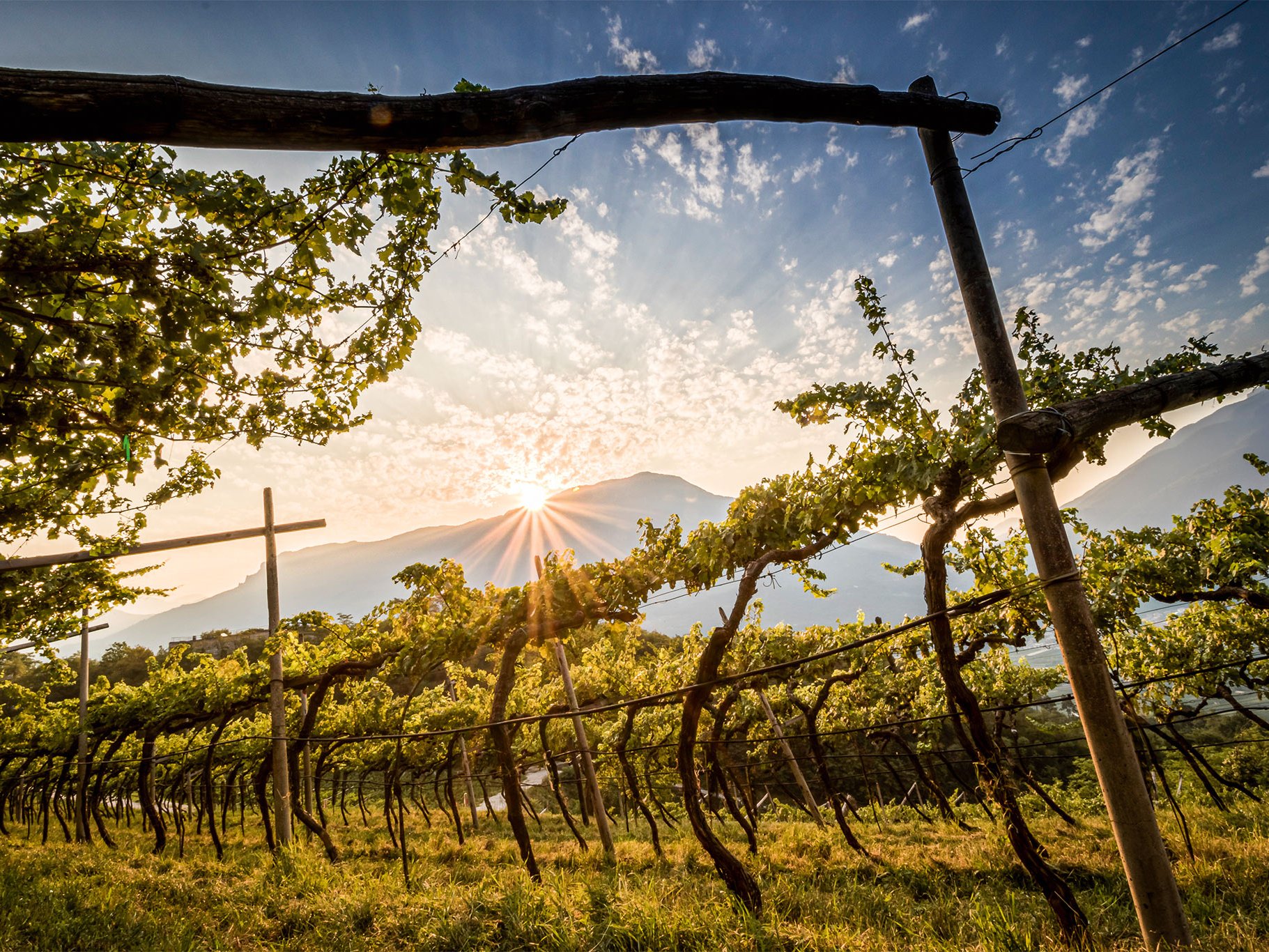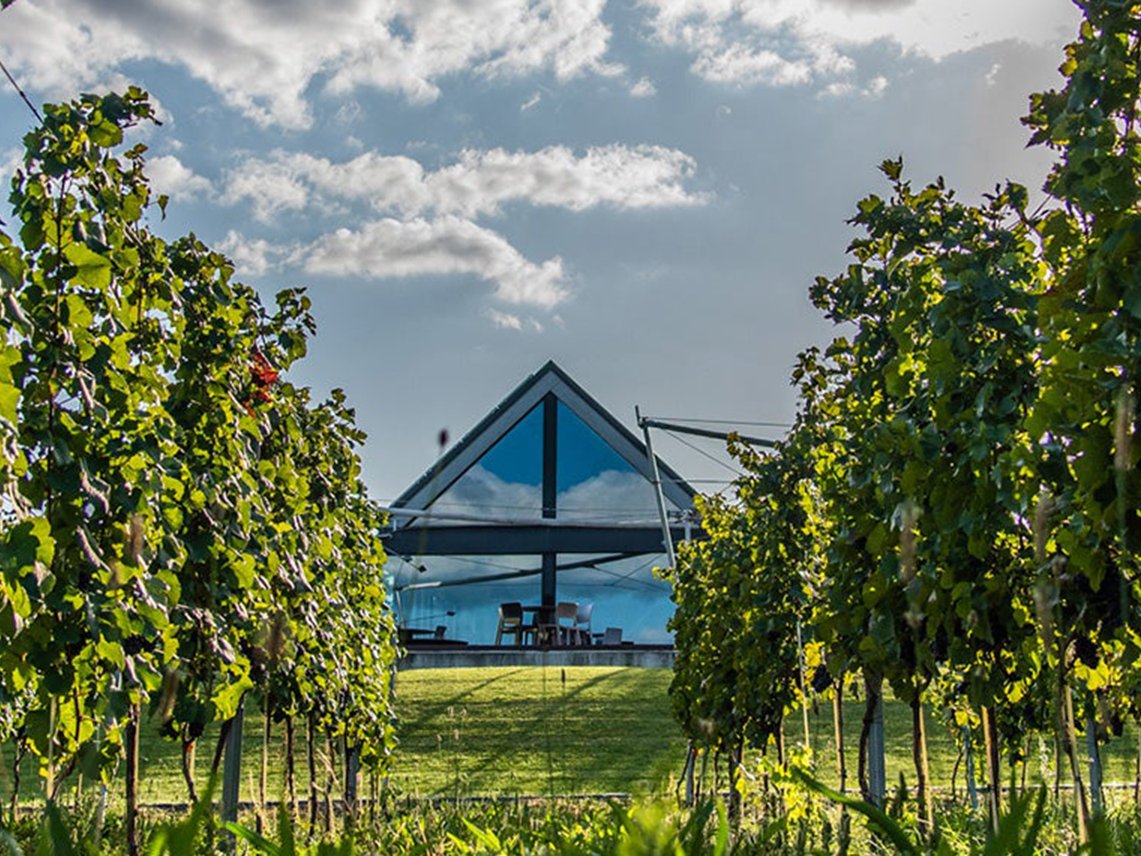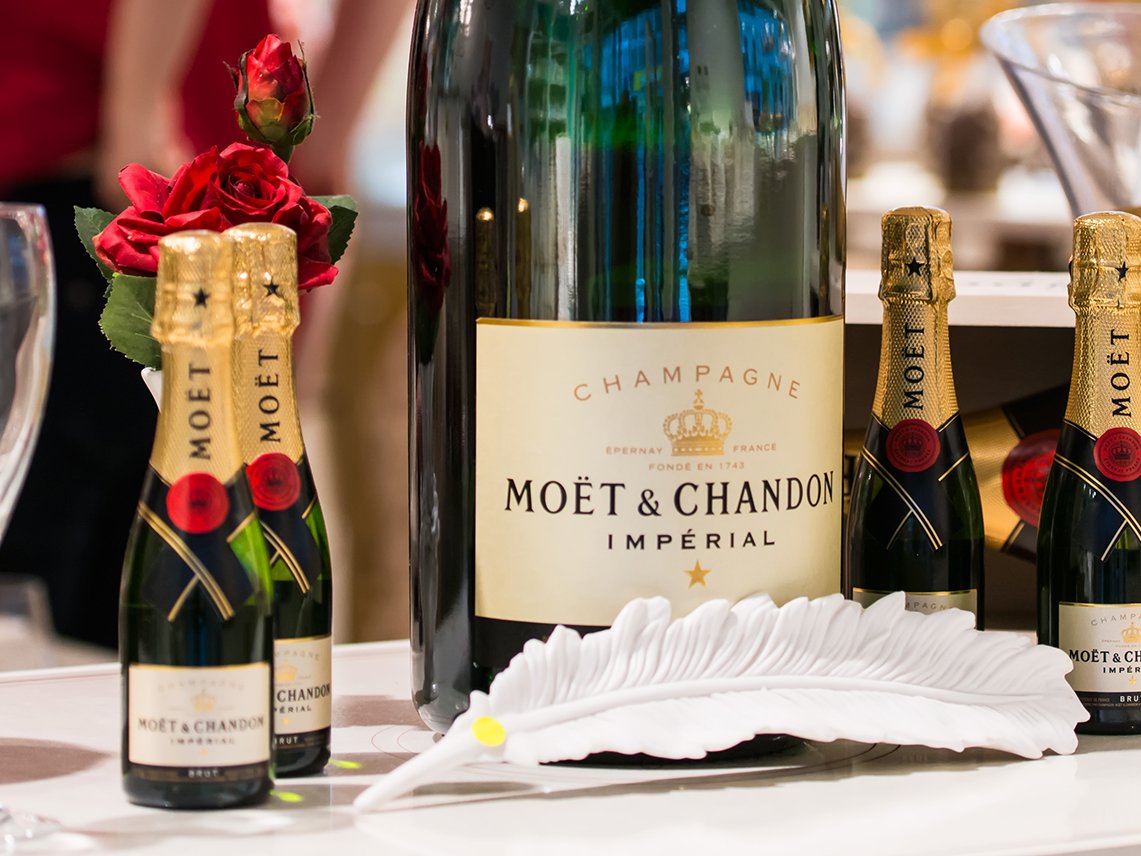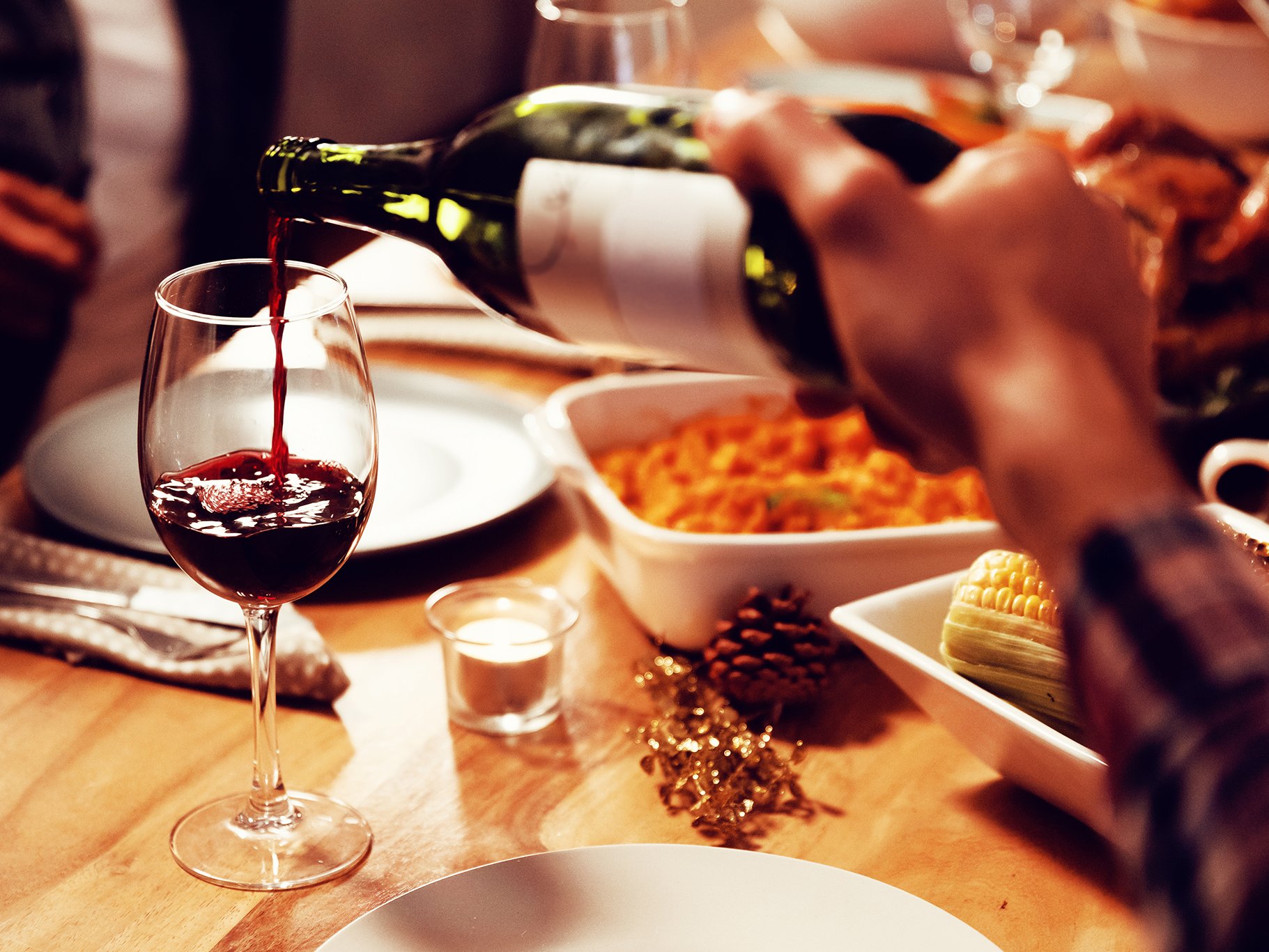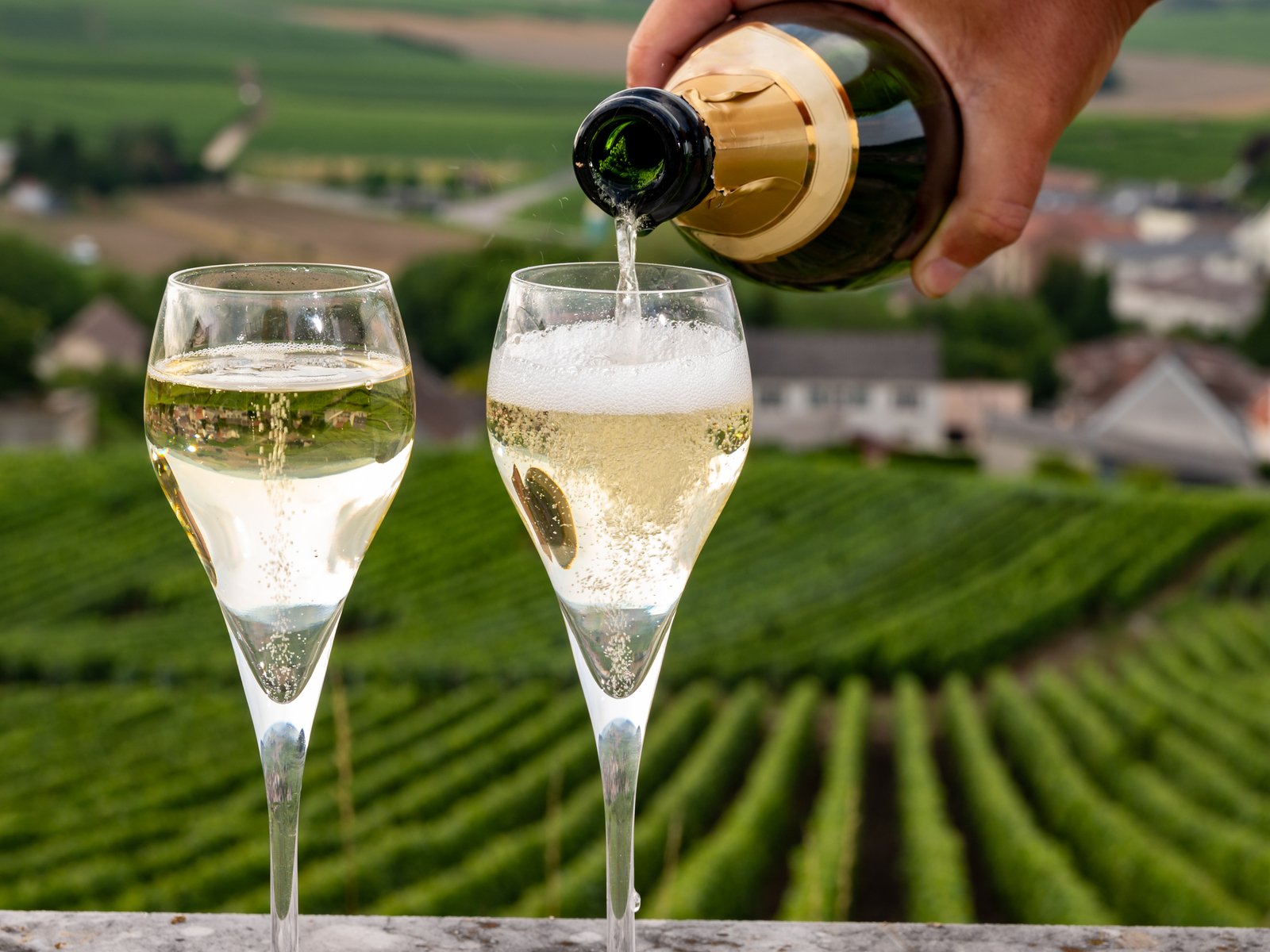South Africa: Cap Classique Celebrates its 50th Anniversary
In 1971, the late Frans Malan of Simonsig Wines in Stellenbosch bottled the first traditional method sparkling wine of South Africa: 50 Years of Cap Classique
Kaapse Vonkel – Cape Sparkle
At a time when South Africa’s wine industry was still heavily dominated by co-operatives, Frans Malan, whose family produced grapes for a local co-operative, Malan “wanted to offer something different,” his son Johan Malan says. Rather than selling all the grapes to the co-op, he made the first wines under his own estate’s name, Simonsig, in 1968. Malan senior was also itching to go and learn about the classic European wine regions saying he “could not afford not to go.” In 1969 he thus set off to visit France and Germany. He was so inspired by Champagne that he wanted to make his own sparkling wine. Back in South Africa, however, he had no access to either Chardonnay or Pinot Noir, the grape varieties usually used to make Champagne. “So he decided to use Chenin Blanc to make traditional method sparkling wine,” his son recalls. This was a pioneering move: nobody in South Africa had any experience in or equipment for producing sparkling wines but Malan persevered. He decided to call his wine Kaapse Vonkel, Afrikaans for ‘Cape Sparkle’, a name that still graces every bottle of Simonsig’s fizz. It was not until 1979 that Boschendal in Franschhoek joined Simonsig in making sparkling wine. “It was a very small beginning,” Malan says.
Cap Classique
It was only in 1992 that the Cap Classique Producers Association was founded and the Cap Classique name was established. Today the CCPA has 84 members, all abiding by self-imposed quality measures like whole-bunch pressing and minimum lees ageing of 12 months (as of 2021). Nonetheless, many wines exceed this ageing period voluntarily. MCC is made across South Africa and the stylistic range is broad: some wines shine with youthful vigour and still primary fruit flavours, others are long-aged, elegant sparkling wines of world class from single vineyards at high altitude. Just 17% of the annual production of approx. 9 million bottles is exported – mainly to the UK, the US, Scandinavia and the Netherlands. Being the fastest growing sector of the South African wine industry, however, the world is bound to come across more of these wines as they reach more diverse markets. It is only fitting that the 50th anniversary of the first traditional method sparkling wine made in South Africa should be toasted with such a range of exciting wines.
2016 Krone Kaaimansgat Blanc de Blancs
2016 Graham Beck Blanc de Blancs Vintage
2016 Klein Constantia Estate Brut
see tasting note
L'Ormarins Brut Classique Rosé NV
2019 Simonsig Kaapse Vonkel Brut

